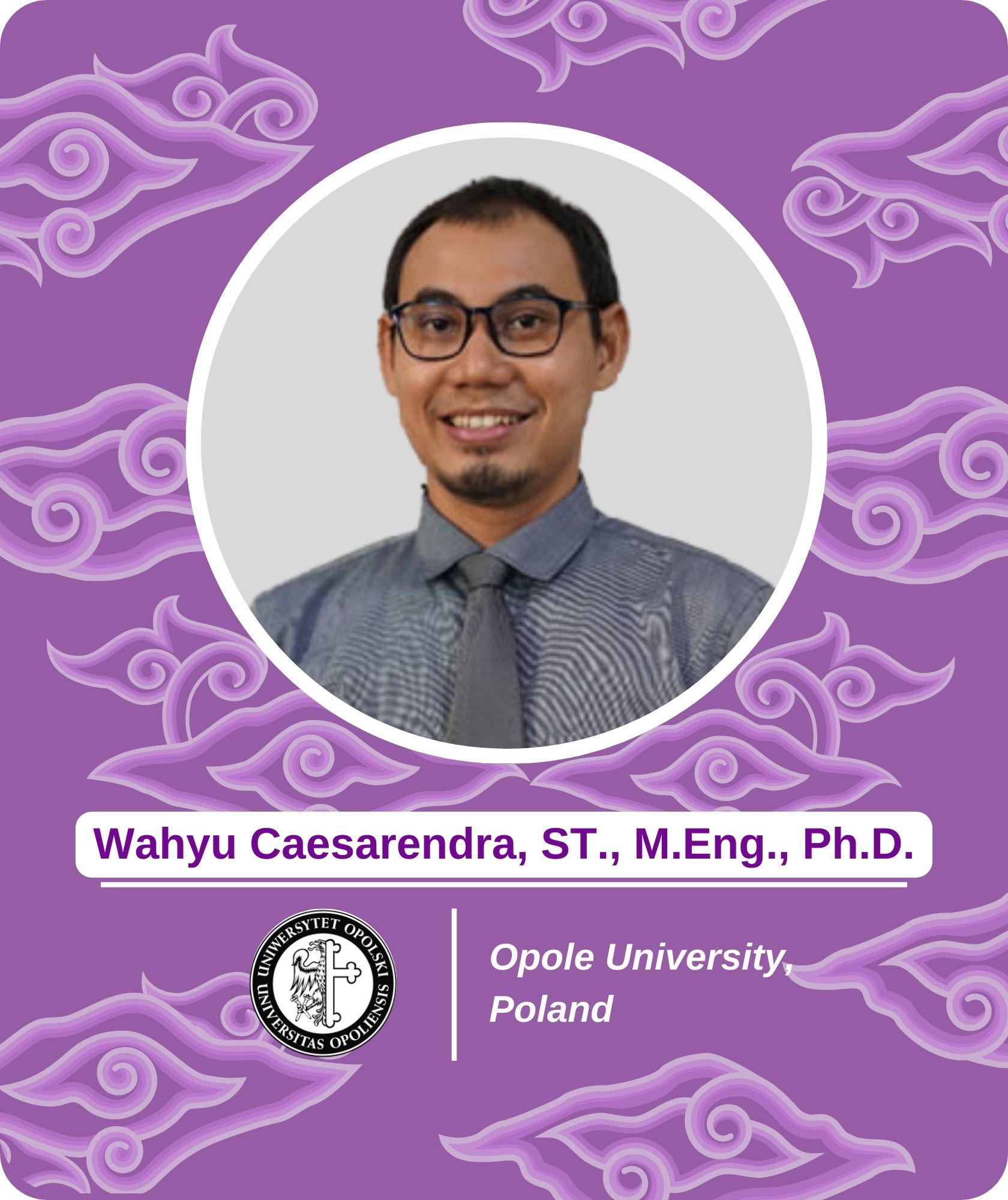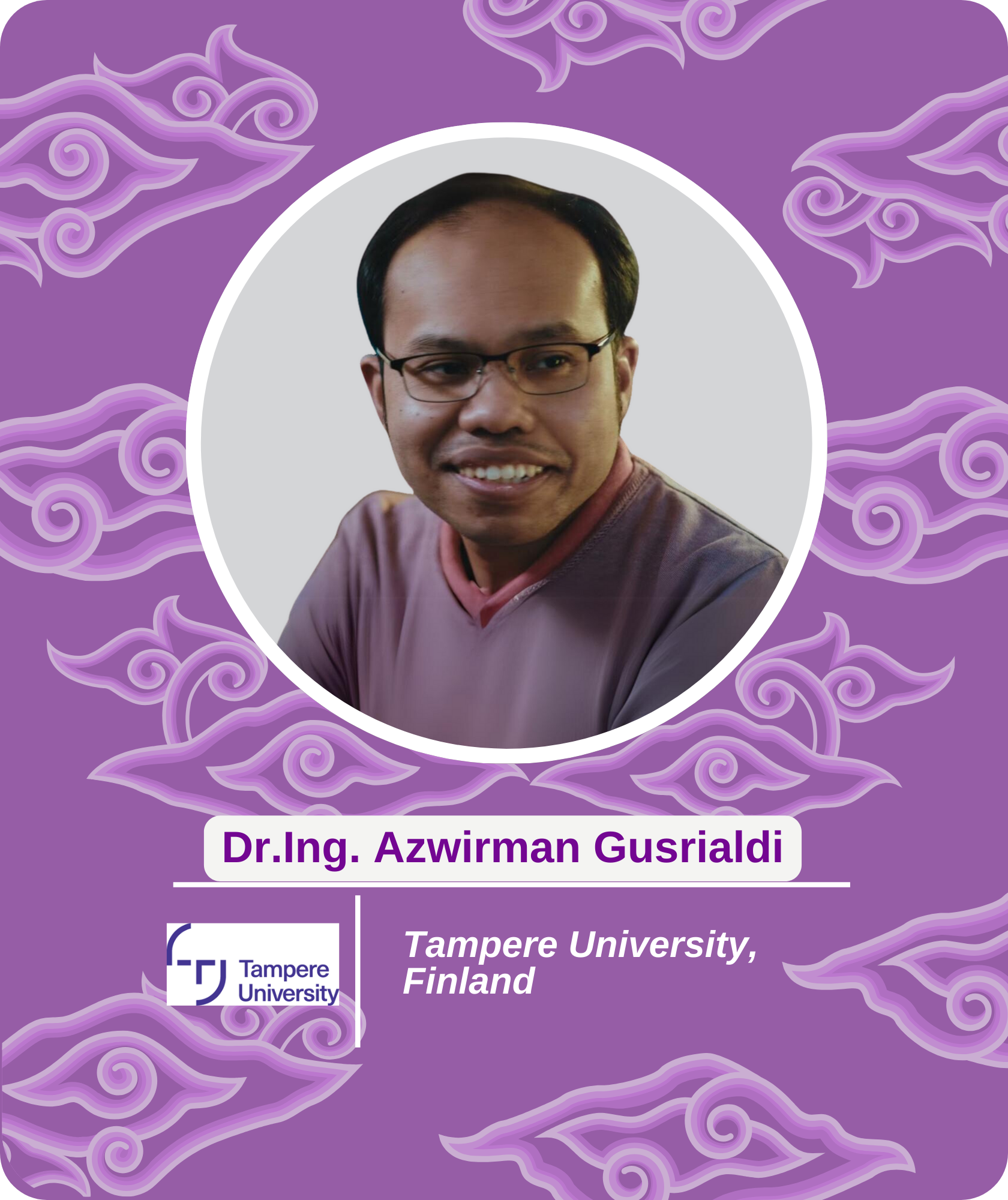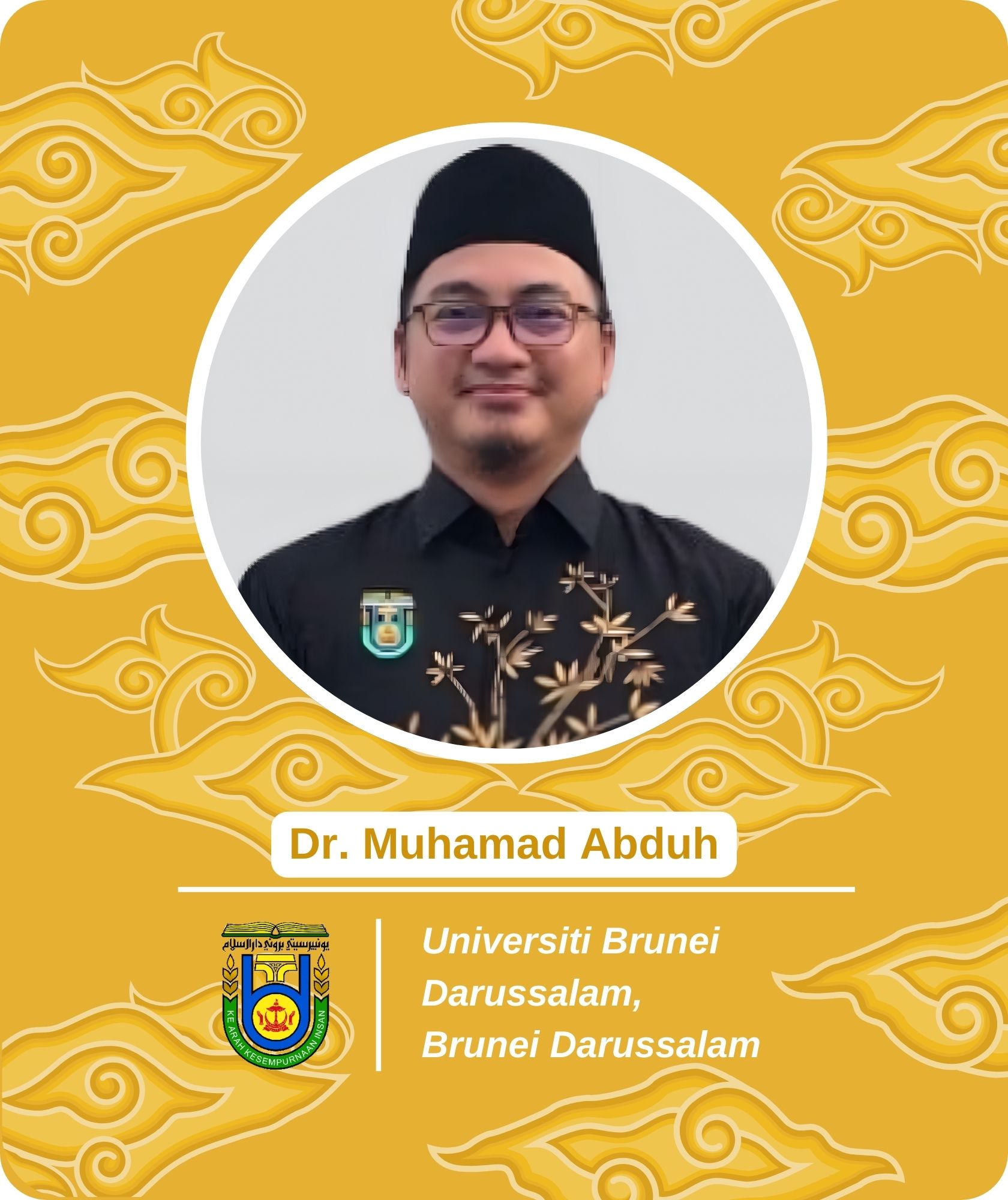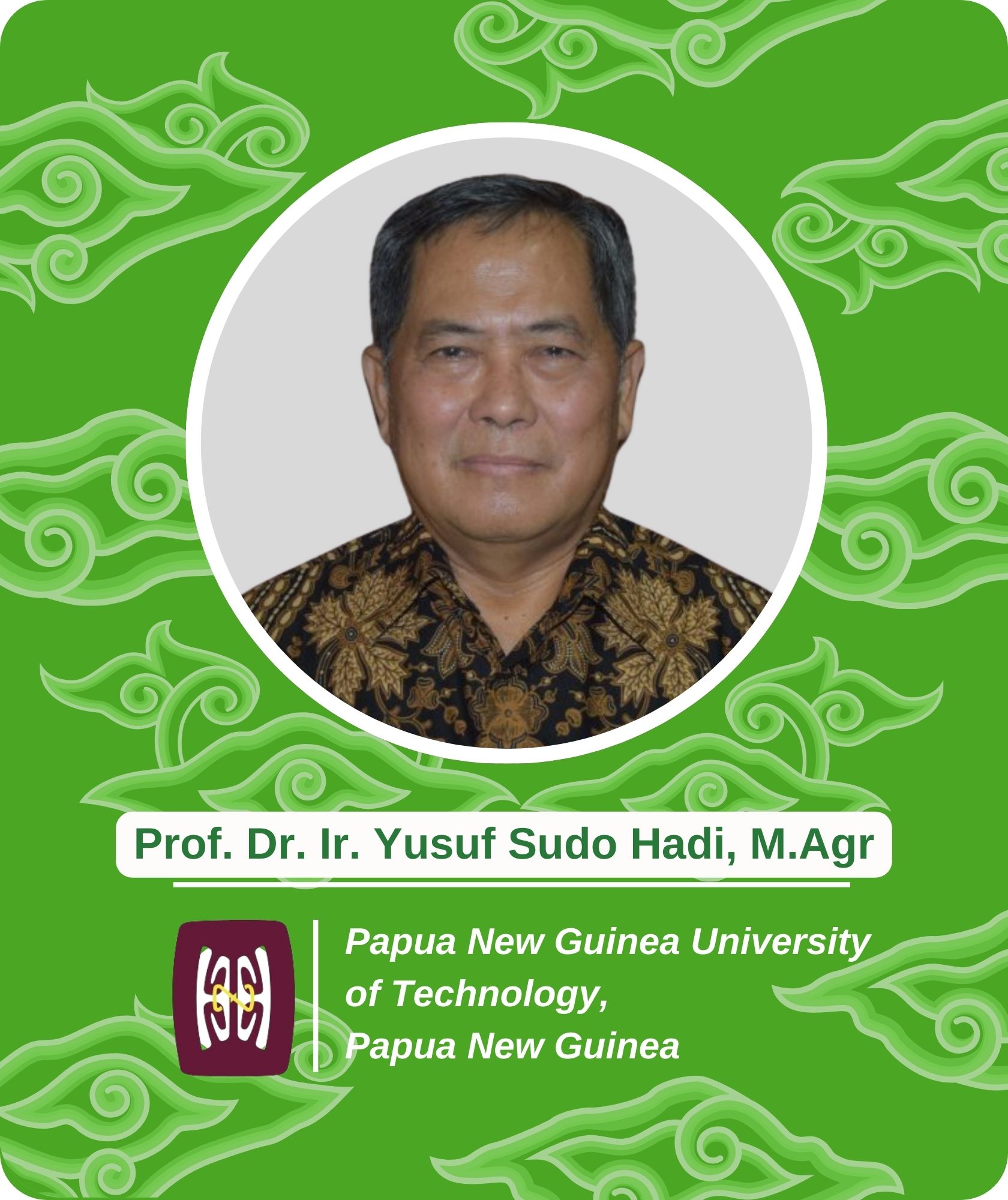Enhancement of Physical-Mechanical Properties and Termite Resistance in Wood Impregnated with Polystyrene
Keywords:
glulam, physical-mechanical properties, polystyrene wood, termite resistanceAbstract
Wood from fast-growing species typically has inferior qualities, including low physical-mechanical properties and limited durability against biological degradation, particularly from termites. However, with rising environmental concerns over the past decade, conventional wood preservation methods are increasingly restricted, leading to interest in wood modification technology to enhance these inferior properties. One promising approach is the in situ polymerization of styrene within the wood. It offers a relatively simple modification process and a stable styrene solution, making it feasible to scale up to pilot production. Polystyrene-treated wood has shown improved durability against decay and termites while maintaining or even enhancing its mechanical properties. Additionally, when combined with polyurethane adhesive, this modified wood can be used in the production of glulam beams for larger structural applications. Like its lamina counterpart, polystyrene-based glulam demonstrates superior physical-mechanical properties and increased resistance to biological degradation, especially from termites. Compared to traditional wood preservatives, polystyrene wood modification technology has strong potential for broader applications, particularly in engineered wood products requiring enhanced termite resistance.




















